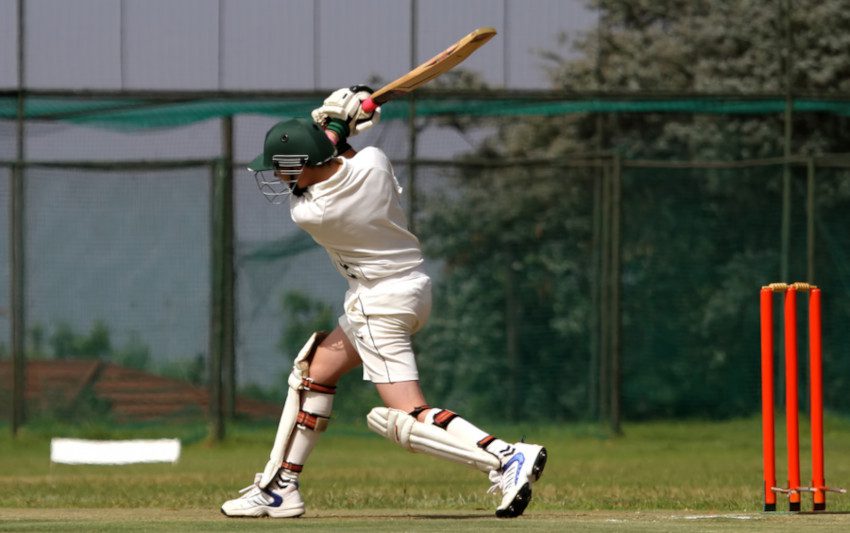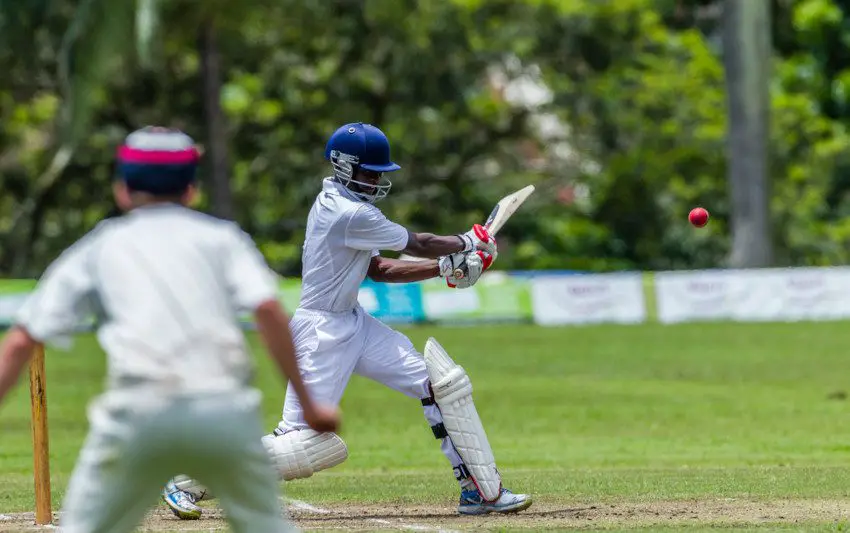Table of Contents
It’s one of the most important weapons used by a leg spin bowler but what is a Googly and how do you deliver it accurately?
What is a Googly Ball?
A Googly is a leg spinner’s delivery which is intended to turn from the off side to the leg side. The skill in executing this lies in the bowler’s ability to disguise when the Googly is being bowled.
A leg spinner’s traditional ball moves from leg to off when bowling to a right hander. When they bowl a Googly with no discernible change of action, it will turn in the opposite direction and can be very hard for the batter to pick.
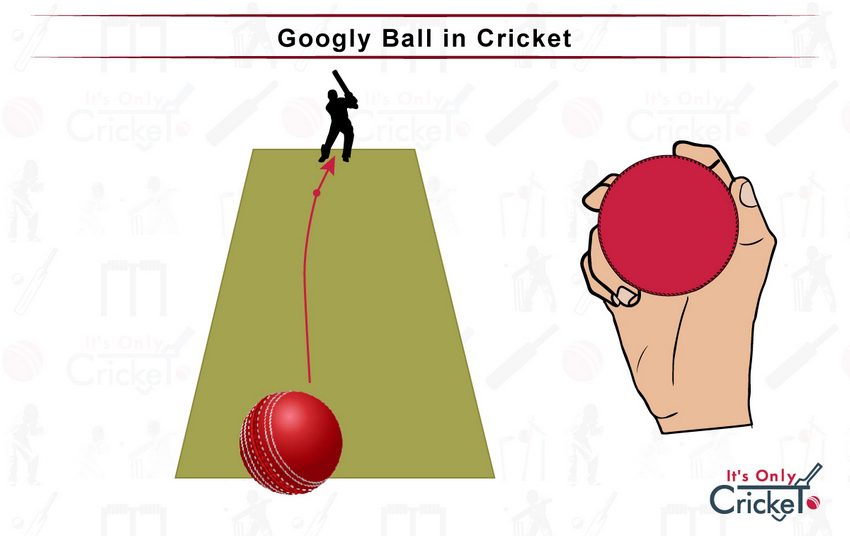
Who Invented the Googly Ball and when?
The man credited with inventing the googly is Bernard Bosanquet. Often referred to by his initials of B.J.T. Bosanquet, he was a leg spin bowler who played seven tests for England between 1903 and 1905.
The delivery was developed through Bosanquet playing a table top game called Twisti-Twosti. The object was to bounce a tennis ball, causing it to spin in such a way that it couldn’t be caught by an opponent. The future test bowler perfected a ‘googly’ and transferred this skill to the cricket field. It’s for those reason that a Googly is sometimes referred to as a ‘Bosie’ after its inventor.
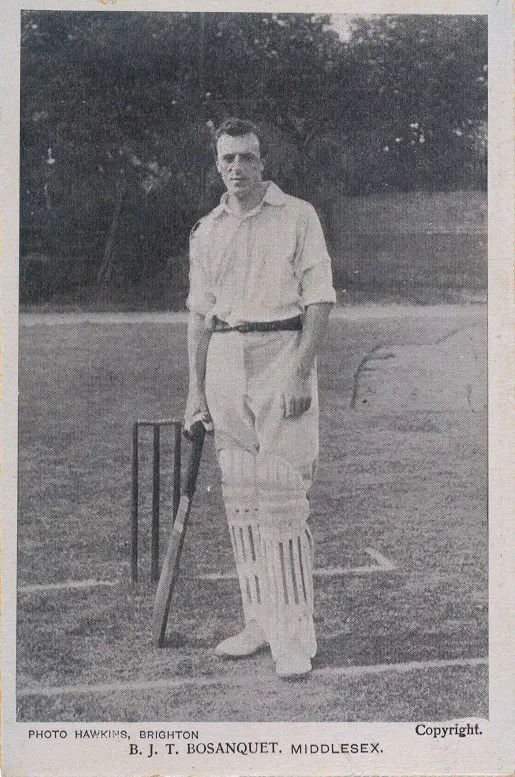
Why is a Googly so Called? – Etymology
There are conflicting stories as to how the term ‘Googly’ came about. For some years, it was referred to as a ‘Bosie’ in recognition of its inventor Bernard Bosanquet. This version is still used in Australia, although it’s largely out of date in the modern era. Some suggest that the googly is a Maori term which emanates from tours to New Zealand in the early 20th century.
Perhaps the most likely explanation comes from Australia. Writer Tom Horan, contributing under the pen name ‘Felix’ for the Australasian, suggested ‘Goo’ as a baby expression, followed by ‘guile’ which carried the reference to deception.
It may not be a convincing argument, but it’s the best that the cricket world has at present.
How to Bowl it Properly? – Step by Step Guide
- Step One: Grip the ball as you would for a regulation leg break. The joints of the top and middle fingers should go across the seam. The ball then rests between a bent third finger and the thumb.
- Step Two: If you’re thinking in terms of a traditional analogue clock face, your palm should be facing the number two. As the ball is delivered, the arm and the wrist rotate just a little bit further than they would for a standard leg break.
You will almost be showing the batter the back of your hand as the ball is released. At that point of release, the seam of the ball will now be pointing to that number two on the clock.
If you’ve carried out these steps correctly, the ball should now turn in the opposite direction to that of a conventional leg break.
Target Area
It’s important with a Googly to get the batter to play the ball. If it’s too wide down the leg side or the off side, then the ball is wasted.
Ideally, bowlers will want to get those batters to drive at the ball as this gives the batsman less time to react, and is more likely to lead to a false stroke. The length should, therefore, be quite full and outside the off stump. If the ball is too straight, the turn will take it down the leg side.
The most common mode of dismissals with the googly to a right hander are bowled and LBW. The idea is that the batter drives, expecting the ball to turn as it would for a conventional leg spin delivery. If the bat is wide of the body and the batter misses the ball, there is a large gap between bat and stumps.
If a right arm leg spinner is bowling to a left hander, the turn will take it away from the bat. Catches at slip or at a deeper backward point are now in play. The ideal length is similar and the object is still to get the batter to drive at the ball.
Field Set Up
It’s important not to make any obvious field changes as that will give a clue to the batter that the googly is coming. Ideally, the bowler would want to deliver the googly to the same field as their regular leg break. When delivered to a right hander, there is less chance of the googly ball being edged towards the slip cordon.
The bowler may want to take one of their slips out and bring them into a catching position on the leg side. In general, the leg side field is reinforced when the googly is bowled to a right hander, but any changes should be subtle ones.
Usage of the Googly in Different Cricket Formats
ODI
In international cricket, there are three different forms of the game and bowlers tend to take a different approach to each one. That’s why you may see the googly used in contrasting ways across those three formats.
This is a wicket taking delivery first and foremost. If it doesn’t come out correctly, it may go for runs so we tend to see this less frequently in One Day Internationals. The element of surprise is greater in the limited overs games so the googly is less of a weapon.
Test Cricket
In test matches and other first class cricket, keeping the runs down isn’t always a necessity. Teams usually need to take 20 wickets to win a game and, as we have seen, the googly is very much a wicket taking delivery.
This is why we may see the googly delivered more often in tests than in the other formats. It’s still important to keep that element of surprise and to not overdo things.
T20
This is the shortest form of the game, and bowlers will often have economy rates at the front of their minds when they are playing T20 cricket. Depending on the quality of the leg spin bowler, the googly may be very rare in this format.
Players such as Rashid Khan, who is very confident in his ability, may use the googly quite often in T20s. England’s Adil Rashid is another bowler who has started to use the googly more regularly. In the cases of both of these outstanding bowlers, you may see them deliver at least one googly per over. It’s difficult to get away when delivered by someone of such exceptional quality. So, the very best in the game will use the googly in the short forms but those with less experience will tend to hide it away.
Best Googly Bowlers
Shane Warne
He’s regarded by nearly every single cricket fan as the best bowler of the googly in the history of cricket. The late and much missed Shane Warne claimed 1001 international wickets in his career, and he wouldn’t have been able to rise to the top without an exceptional googly.
Warne relied on prodigious turn and there are so many examples of his deliveries spinning to a huge extent. The googly was used sparingly by comparison but that element of surprise helped him to claim a significant number of those 1001 victims.
Abdul Qadir
Before Shane Warne came along, Pakistan’s Abdul Qadir flew a lone flag for leg spin in the late 1970s and 1980s. The approach had all but died out of the game as teams began to rely more on extreme pace.
Qadir may have been an anomaly in that respect but he was certainly an effective one and, in home conditions, he could sometimes be unplayable. The lack of high class spin bowlers also worked in his favour, as most batters struggled to deal with him. The googly was one of his most potent weapons and, even if batters felt they could work out his leg spin, they were no match for the ‘wrong un’.
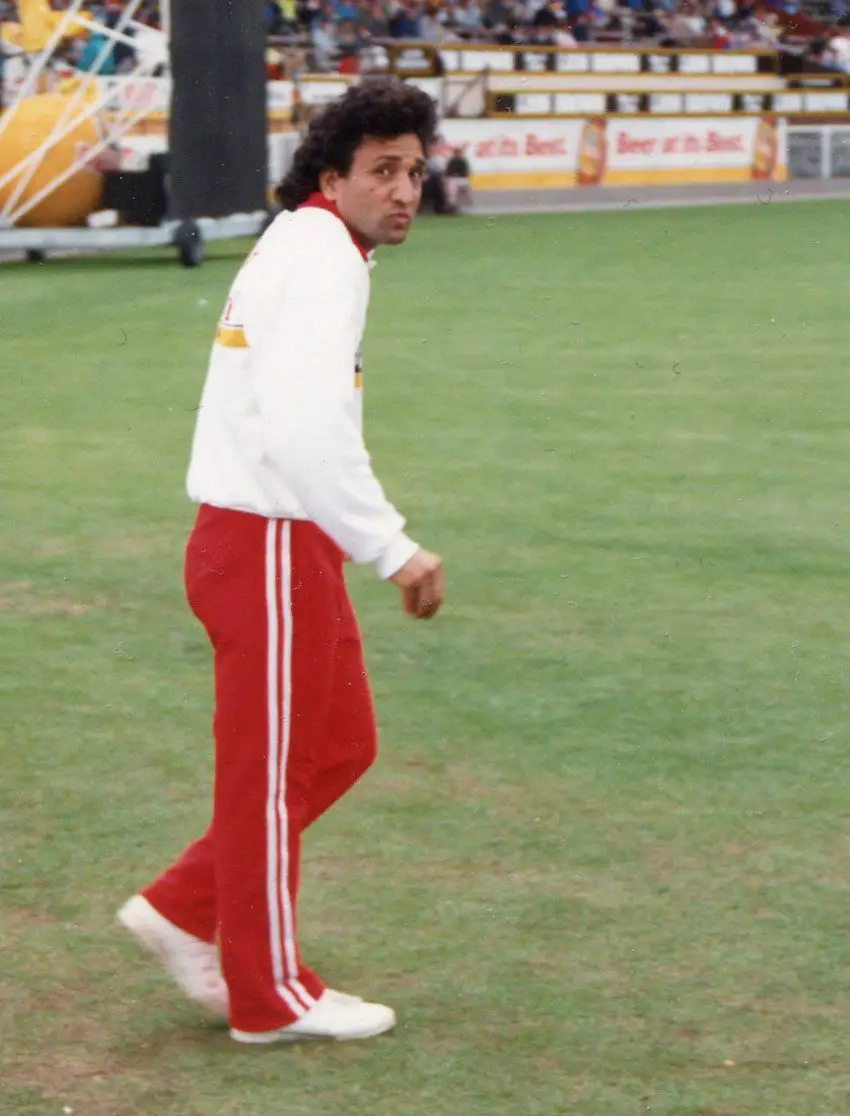
Mushtaq Ahmed
Along with Anil Kumble and Shane Warne, Pakistan’s Mushtaq Ahmed was one of the best three wrist spinners in the world during his playing days. It’s said that he actually had more variations than his contemporaries, and he perfected the googly from an early stage.
Mushtaq continued to play domestic cricket into his late 30s and he’s now a respected coach, advising the next generation of spin bowlers.
Rashid Khan
Afghanistan’s great leg spinner Rashid Khan bowls with a flatter trajectory and with a faster pace than many leg spinners. That variation is a key weapon and it also helps to make his googly even harder to deal with.
Rashid Khan burst onto the scene as a teenager and has since become one of the hottest properties for T20 franchises all over the world. At international level, he’s already taken more than 400 wickets before the age of 27 and clearly has a big future ahead of him.
Anil Kumble
Many say that India’s Anil Kumble didn’t turn the ball all that much. He pushed the ball through at speed and with a low trajectory that saw that ball skid on. That was a strong asset to have but it would be unfair to suggest that he didn’t get any spin.
He took some time to perfect the googly but it became an effective delivery for a man who achieved the rare feat of taking all ten wickets in a test match innings.
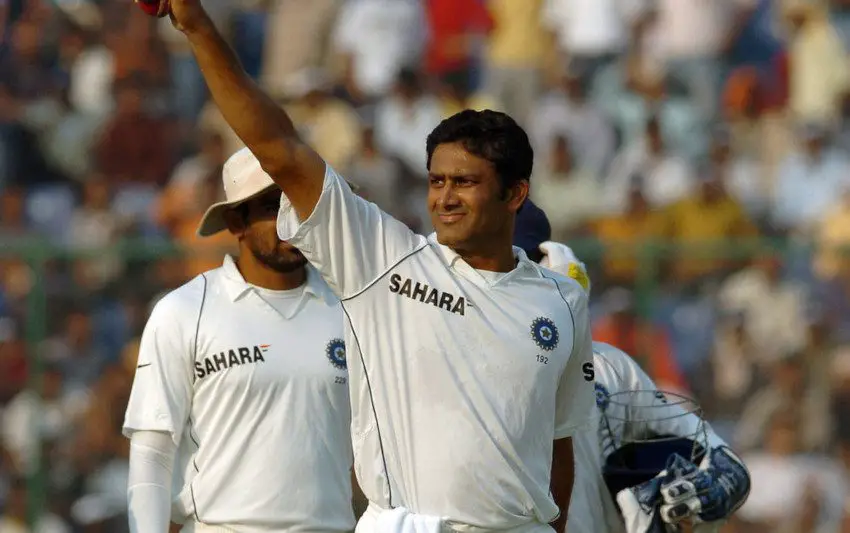
Adil Rashid

English cricket isn’t widely known for producing great leg spinners but Adil Rashid is a clear exception. He’s currently used to great effect in the white ball formats but he has also starred for the national team at red ball level.
Rashid uses the googly more than many players on this list. The element of surprise may not be on his side but it’s still an effective weapon. He’s taken more than 400 international scalps and is rising to the top of wicket taking charts in limited overs games.
B.J.T. Bosanquet
It only seems fair to include the man who started it all. As we’ve seen, Bernard Bosanquet is the man credited with the invention of the googly. He didn’t enjoy a stunning test career and, over those seven international games, he took just 25 wickets with best figures of 8/107.
His form dropped off and Bernard Bosanquet rarely bowled at the end of his first class career, but many leg spin bowlers of the past and present owe him a huge debt.
What is the Difference Between a Googly and a Doosra?
The key difference is that a Doosra is bowled by an off spinner while the Googly is delivered by a leg spinner. Both types of delivery are intended to come with a level of surprise.
An off spinner’s stock delivery is meant to turn from the off side to the leg side when they are bowling to a right hander. The Doosra, however, should turn from leg to off.
So, there are similarities in the sense that the Googly and the Doosra are both intended to spin away from the natural type of delivery. The difference is that one is delivered by a leg spinner and the other by an off spinner.
What is Googly Syndrome?
Googly Syndrome is a potential issue that all young leg spinners need to be aware of. It can occur when a bowler perfects their googly to such an extent that they forget how to bowl their standard leg break delivery.
Those that have suffered from this syndrome advise players to stop bowling the googly for a while. After coming back to the leg break for around two months, it should be easier to pick up that googly without falling into Googly Syndrome once again.
When to Bowl a Googly
If you are a young spin bowler just learning their craft, it’s likely that it will take months, and possibly years, to perfect the googly. We are all different as players and personalities, but I would be reluctant to bowl a new variation in a match situation without having perfected it.
If the delivery goes wrong, you may lose your confidence and be wary of trying it again. Advice will differ, but my advice would be to keep trying the googly in the nets until you are supremely confident.
In the match, it’s up to you as to how many times you want to bowl the googly. Just remember that it’s intended to be a surprise delivery, so try not to overdo it.
Conclusion
Those of us who are club cricketers find it especially tough to read the bowler’s hand when they are delivering the ball. We don’t come across too many exponents of the googly at this level but it can be very hard to pick when we do.
At a professional level, batters spend time assessing individual players and working out how they bowl the wrong ‘un. They look for any subtle variations in the delivery that could offer a clue as to what’s coming. That’s how effective the delivery can be, so, if you are a young leg spinner, it would be worth your while trying to perfect the googly.

